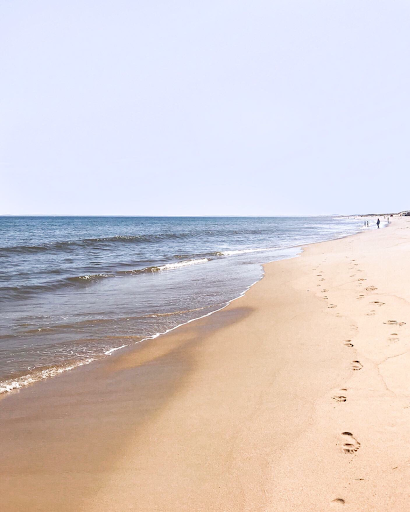In today’s generation, many young individuals are willing to undergo almost anything to look bronze, despite the chemicals and dangers tanning techniques involve.
People often tan for the aesthetics without acknowledging its negative impacts, which can result in one’s health declining. Are you aware of these dangers and how easily they can change your life? Let’s find out!
What are the different types of tan?
Sun tanning is one of the most common types of UV exposure that people enjoy during the summer and on vacation. While it is important to get enough vitamin D, it is also important to recognize the damaging qualities like skin cancer, sunburns, and many more.
Teenagers are especially prone to the obsession of being tan and less pale. The easiest way for them to achieve this goal of having a darker tone in their body is to go outside and tan for an hour or longer. This can be a good hobby to an extent since it can boost immunity and mood.
All of the good traits of tanning, however, can immediately go downhill. According to “Skin cancer – tanning”, around 80% of fine lines from aging are caused by UV damage!
Many people also make the mistake of believing that tanning will protect the skin barrier from sunburns. However, this is proven to be overall false. A tan is estimated to equal an SPF of 3 and does not protect DNA from UV damage.
When a Pentucket student, Thalia Saraceno, was asked if she used sunblock, she responded with, “Yes [on] my face and sometimes my body.”
Likewise, a Google Form was sent out to many students with a question asking how long they tan for. The majority of them responded by consecutively tanning for an hour or longer without caring or knowing the health risks.
Noticing whether you are at risk for skin cancer is impossible when you are exposed to the sun. Rather than UV, the warmth felt against the skin comes from a sun ray called infrared. Both UV and infrared rays are the cause of damaged tissues, and they create sunburns, which are clear signs that the DNA found in skin cells is damaged.
To further examine and avoid these bad possibilities from happening, a professional dermatologist named Heidi Shinners was interviewed to get their input:
“We recommend using a sunscreen with SPF of 30 or higher and reapplying every two hoursWe also recommend avoiding the sun at peak hours, so from 10AM-4PM. Being in the sun for more than 20 minutes without sun protection can cause a sunburn.”
Also, the dermatologist was questioned with: “What is the difference between the effects of sun tan and tanning beds?”
In response, she said, “Both are as safe as smoking- exposure to either will cause cancer and make you look old. Tanning can be worse, in a sense, because it’s more concentrated UVB rays.”
Almost like sun tanning, tanning beds cause health detriments like skin cancer and aging. A study shows that 61 out of 63 women diagnosed with the deadliest skin cancer known as melanoma used tanning beds in their teenage-early adult years.
There is no safe way to use tanning beds. No matter the brand, company, etc, tanning beds never exclude the different types of skin cancer to the body, including melanoma, basal cell carcinoma, squamous cell carcinoma, and many more.
Generally safe alternatives
Spray tans are considered a safer option to tan; you can use them to get a nice and bronzed glow instead of tanning beds and sun tan. Still, it is important to follow the directions on how to use it properly. Allergies, pregnancy, and other pre-existing health issues can be at risk when spray tan is used incorrectly and excessively.
What have you learned?
Tanning is a dangerous and life-changing activity that can lead to long-term health issues. Depending on how excessive you tan, health risks can become worse and worse. It is important to take the advice of seeking healthier ways to tan and appropriately protect your body from these hazardous risks.



















